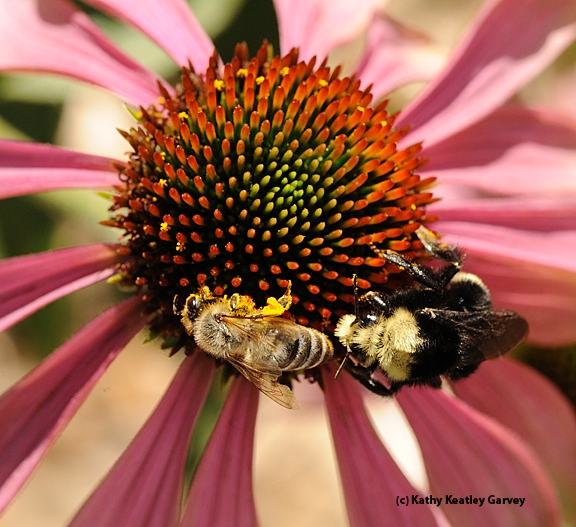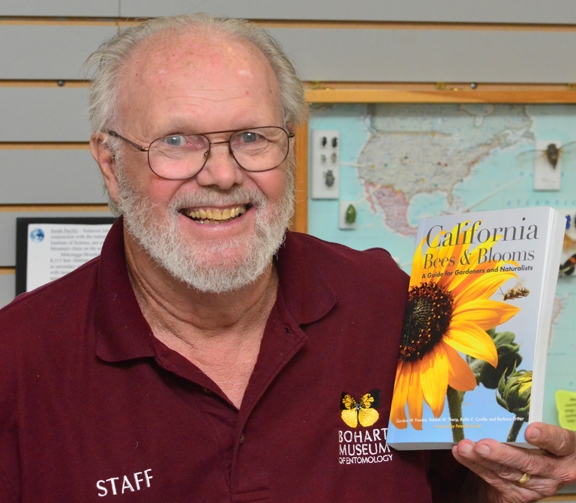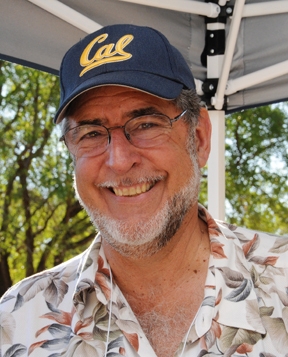
Add "California" to it and you have California Bees and Blooms: A Guide for Gardeners and Naturalists.
It's a book that's well-planned, well-executed, well-written and well-photographed.
Bees are hungry. What plants will attract them? How can you entice them to your garden and encourage them not only to visit but to live there?
The book, the first of its kind, profiles some of the most common bee genera found in California gardens; their preferred plants, both native and non-native; and how to attract them.
Most folks are familiar with honey bees and bumble bees. But what about the other bees, such as mining, leafcutting, sweat, carpenter, digger, masked, longhorned, mason and polyester bees?
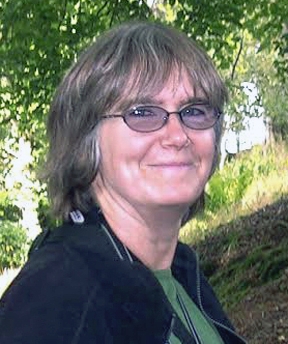
Published by the nonprofit Heyday Books in collaboration with the California Native Plant Society, the book is the work of four scientists closely linked to UC Berkeley: urban entomologist Gordon Frankie, a professor and research entomologist at UC Berkeley; native pollinator specialist and emeritus professor Robbin Thorp of UC Davis (he received his doctorate in entomology from UC Berkeley); insect photographer and entomologist Rollin Coville, who holds a doctorate in entomology from UC Berkeley; and botanist/curator Barbara Ertter of UC Berkeley.
“This book is about urban California's bees: what they are, how and where they live, their relationships with ornamental flowers, and how to attract them to urban gardens,” they wrote. “It was written in the urgency of knowing that bees are critical to the health of our natural, ornamental and agricultural landscapes and that populations of some, perhaps many are in rapid decline.”
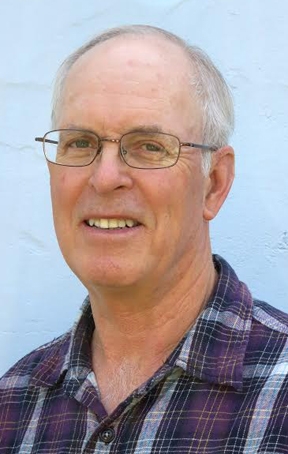
Frankie studies behavioral ecology of solitary bees in wildland, agricultural and urban environments of California and Costa Rica. He teaches conservation and environmental issues. He is involved in how people relate to bees and their plants and how to raise human awareness about bee-plant relationships.
Co-author Robbin Thorp, who retired in 1994 after 30 years of teaching, research and mentoring graduate students, continues to conduct research on pollination biology and ecology, systematics, biodiversity and conservation of bees, especially bumble bees. He is one of the instructors at the The Bee Course, affiliated with the American Museum of Natural History and held annually at the Southwestern Research Station, Portal, Ariz. The course is geared for conservation biologists, pollination ecologists and other biologists who seek greater knowledge of the systematics and biology of bees.
“The book is profusely illustrated with photos and drawings of bees and flowers, especially notable are the magnificent close-up images of bees by co-author Rollin Coville,” Thorp said.
Ertter thoroughly explores the anatomy of a flower. Bees and flowers constitute what the authors delightfully describe as "a love affair."
California's bees differ in size, shape and color, as do the flowers they visit. “The tiniest bees are ant-sized; the largest rival small birds,” the authors wrote. “Some are iridescent green or blue, some are decked out with bright stripes, some are covered with fuzzy-looking hairs.”
“Nature has programmed bees to build nests and supply their young with nutritious pollen and nectar, and their unique methods for collecting these resources are fascinating to observe. Their lives are dictated by season, weather and access to preferred flower types and nesting habitat.”
California Bees and Blooms lists 53 of urban California's best bee attractors identified through the Urban California Native Bee Survey. Among them: aster, bluebeard, catmint, California lilac or Ceanothus, cosmos, California sunflower, red buckwheat, California poppy, blanket flower, oregano, rosemary, lavender, gum plant, and salvia (sage). With each plant, they provide a description; origin and natural habitat, range and use in California; flowering season; resource for bees (such as pollen and nectar), most frequent bee visitors, bee ecology and behavior and gardening tips.
The book offers tips on how readers can “think like a bee.” It devotes one chapter to “Beyond Bee Gardening: Taking Action on Behalf of Native Bees.” In addition, the book provides quotes on bees and/or bee gardens from Extension apiculturist Eric Mussen (retired) of UC Davis: Ellen Zagory, horticulture director of the UC Davis Arboretum; and Kate Frey of Hopland, a designer of sustainable, insect-friendly gardens throughout California and in some parts of the world.
For more data on the book, the authors, and purchase information, access the publisher's website at https://heydaybooks.com/book/california-bees-and-blooms/.
And for ongoing research on California's bees and blooms, be sure to check out the UC Berkeley website, appropriately named www.helpabee.org..
Attached Images:
